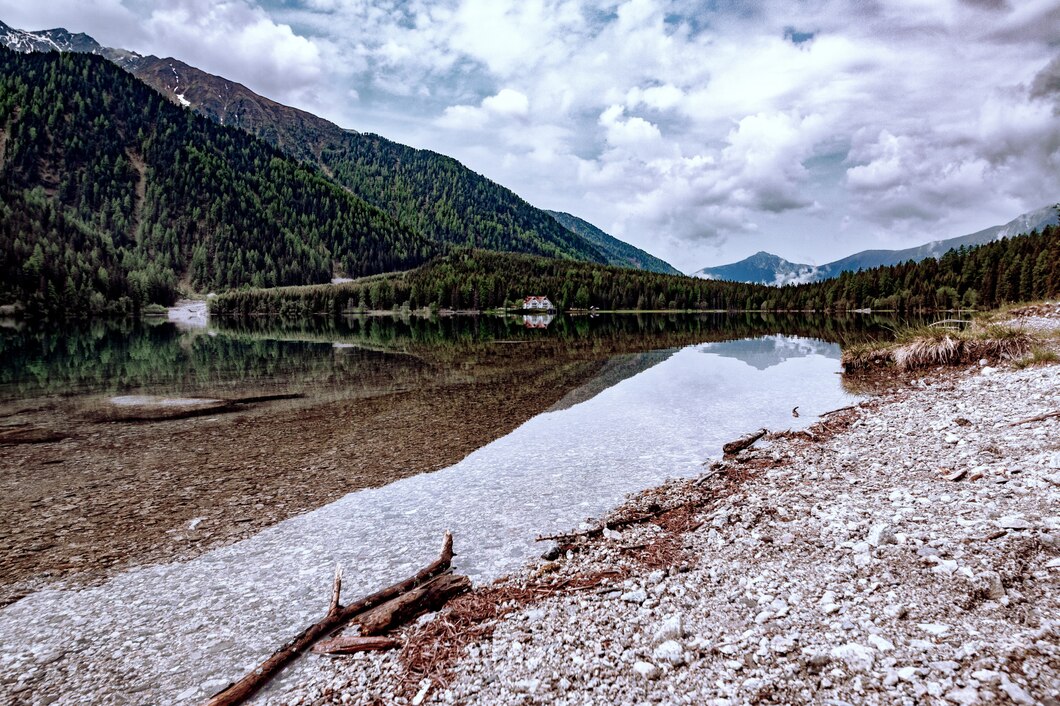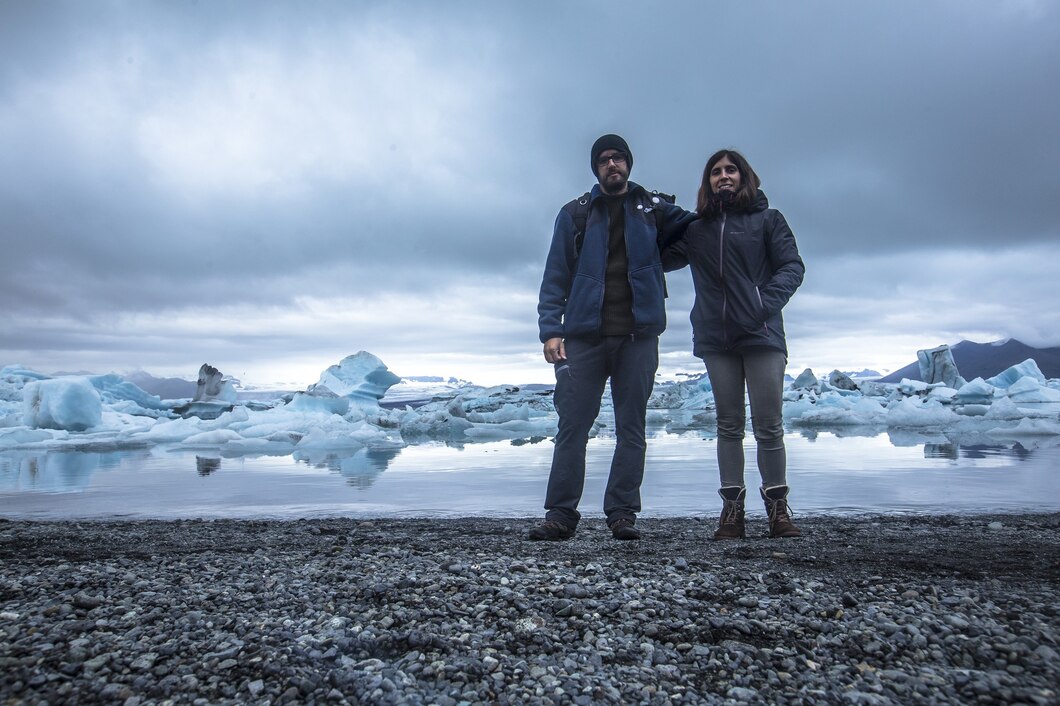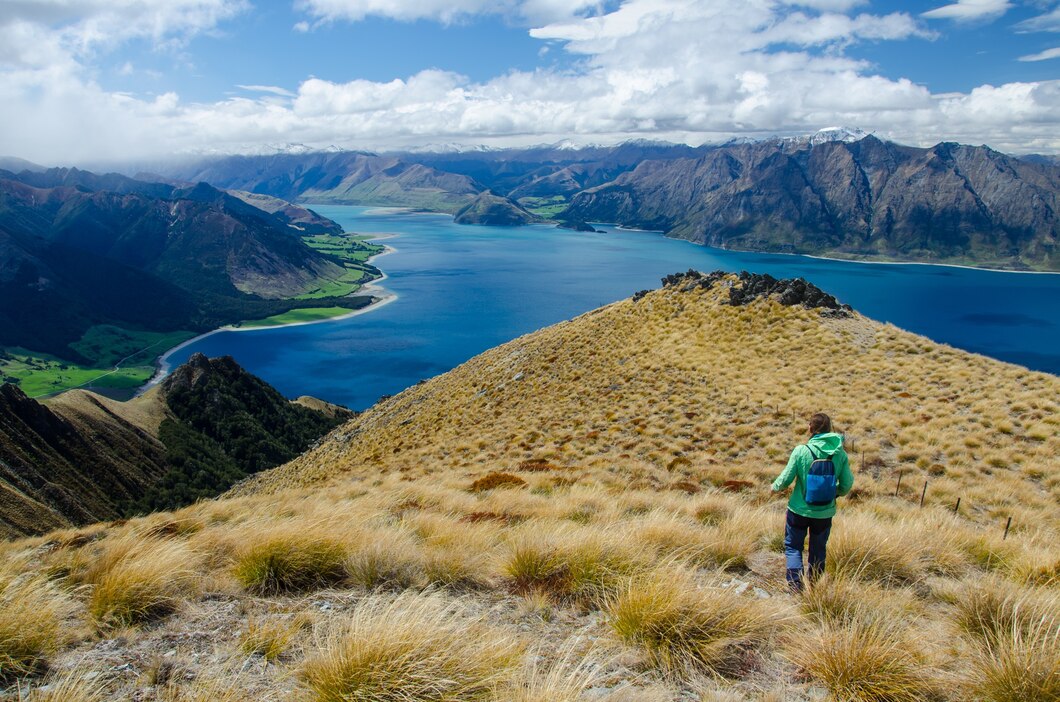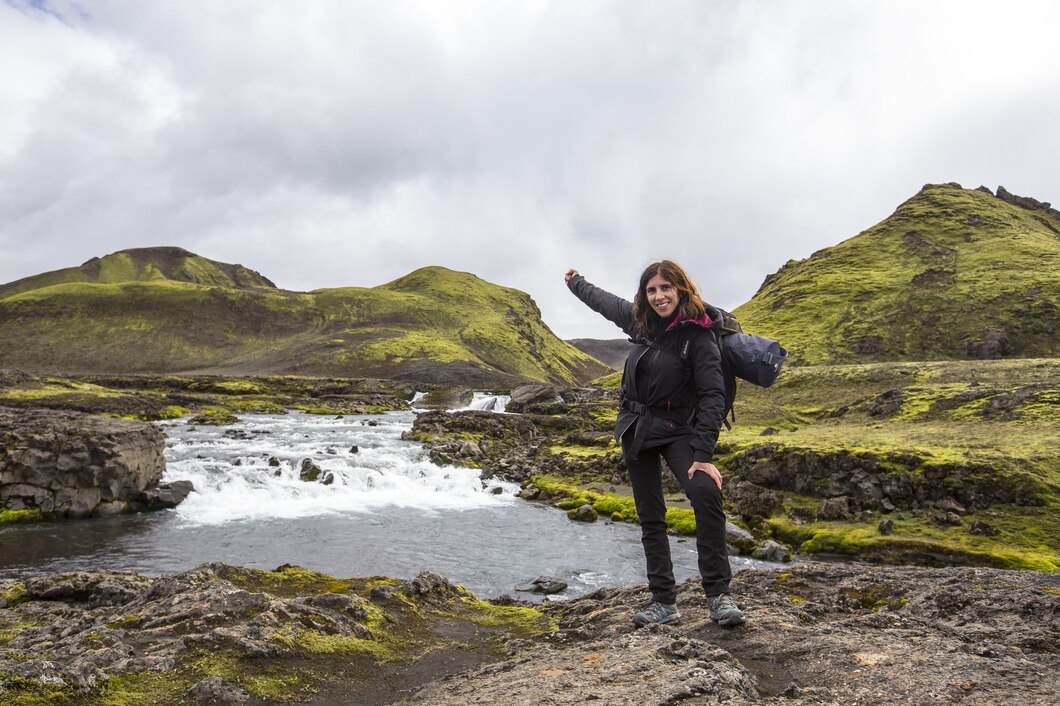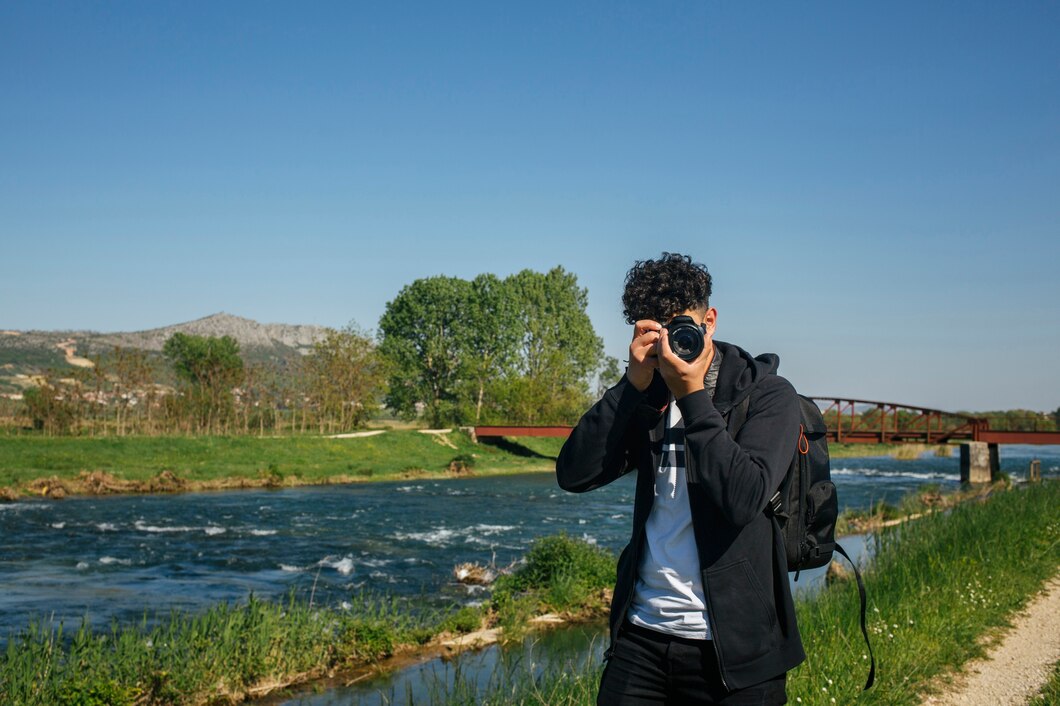New Zealand Travel Guide
New Zealand Travel Guide
Overview
New Zealand, known for its breathtaking landscapes, diverse ecosystems, and rich cultural heritage, is a must-visit destination for travelers seeking adventure, natural beauty, and unique experiences. The island nation is famous for its striking scenery, which includes snow-capped mountains, lush rainforests, pristine beaches, and rugged coastlines. Whether you’re an adrenaline junkie looking for activities like bungee jumping, hiking, or skiing, or simply seeking peace and tranquility in nature, New Zealand offers something for everyone.
New Zealand consists of two main islands, the North Island and the South Island, each offering its own distinct experiences. The North Island is home to vibrant cities like Auckland and Wellington, as well as geothermal areas and Maori culture. The South Island, on the other hand, is known for its dramatic mountain ranges, fjords, and outdoor activities, with Queenstown often referred to as the adventure capital of the world.
Quick Facts
- Capital: Wellington
- Largest City: Auckland
- Population: Approximately 5 million people
- Official Languages: English, Māori
- Currency: New Zealand Dollar (NZD)
- Time Zone: New Zealand Standard Time (NZST) / New Zealand Daylight Time (NZDT) during daylight saving
- Electrical Voltage: 230V, 50Hz; plug type I
- Visa: Most visitors to New Zealand will need a visa or an NZeTA (New Zealand Electronic Travel Authority), depending on their nationality.
Flights
New Zealand is well-connected to major international hubs, with flights from cities around the world arriving at its two primary international airports: Auckland International Airport (AKL) on the North Island and Christchurch International Airport (CHC) on the South Island. Auckland is the main gateway for international travelers, with numerous flights arriving from Australia, the United States, Asia, and Europe.
Direct flights from major cities such as Los Angeles, San Francisco, Hong Kong, and Singapore are common, and flights from Australia are frequent, with less than a four-hour flight from cities like Sydney, Melbourne, and Brisbane. Long-haul flights from Europe or North America generally take between 12 to 16 hours, depending on your departure city.
Once in New Zealand, domestic flights are an excellent way to travel between regions, with frequent services from major cities like Auckland, Wellington, and Christchurch to smaller towns and scenic locations.
Safety
New Zealand is one of the safest countries to visit, with a low crime rate and high standards of public safety. The country’s healthcare system is well-regarded, and emergency services are easily accessible. However, like traveling anywhere, it is important to exercise common sense and stay aware of your surroundings, especially in larger cities.
While New Zealand is generally safe, travelers should be mindful of the country’s outdoor risks. The country’s varied terrain and unpredictable weather can pose dangers, particularly in the mountains and wilderness areas. Always follow safety guidelines when engaging in outdoor activities, such as hiking, skiing, or water sports, and be aware of potential hazards like sudden weather changes, slippery conditions, or strong tides. The Department of Conservation (DOC) provides useful advice for those planning to hike or explore remote areas.
For those participating in adventure sports, ensure you’re booking activities with reputable providers who prioritize safety standards.
Climate
New Zealand enjoys a temperate climate, with mild temperatures and distinct seasons. However, the weather can be unpredictable, so it’s important to be prepared for a range of conditions during your visit.
Summer (December to February): This is the warmest season in New Zealand, with temperatures ranging from 20°C to 30°C (68°F to 86°F). Summer is an ideal time for outdoor activities, beach trips, and exploring the countryside.
Autumn (March to May): Autumn is a beautiful time to visit New Zealand, with crisp air, mild temperatures, and colorful foliage. Expect temperatures between 10°C and 20°C (50°F and 68°F), making it a great time for hiking and sightseeing.
Winter (June to August): Winter temperatures can drop to around 0°C to 15°C (32°F to 59°F), particularly in the South Island, where snow is common in the mountains. This is the season for skiing, snowboarding, and enjoying winter sports.
Spring (September to November): Spring brings milder weather, with temperatures ranging from 10°C to 20°C (50°F to 68°F). It’s a wonderful time for outdoor exploration, especially for those wanting to see New Zealand’s famous flowers bloom.
The North Island generally experiences warmer temperatures year-round compared to the South Island, which is cooler and more prone to rainfall, particularly on the west coast. As the weather can change quickly, it’s advisable to pack layers, waterproof clothing, and sunscreen, regardless of the season.
Budget
New Zealand is known for being relatively expensive compared to some Southeast Asian or South American destinations, but with some planning, it’s possible to visit on a budget.
Accommodation: The cost of accommodation varies widely depending on location and the type of stay. Budget travelers can find dormitory beds in hostels for NZD 25–40 per night, while mid-range hotels and motels typically range from NZD 100–200 per night. For those looking for a more luxurious experience, upscale resorts and boutique hotels can cost NZD 300 and up. Camping is also popular and affordable, with many scenic spots offering freedom camping or campsites for around NZD 10–20 per night.
Food: Dining out can be relatively affordable if you stick to local eateries or food trucks. A meal at a budget restaurant will typically cost between NZD 15–25, while mid-range restaurants can charge NZD 30–50 for a meal. Grocery shopping and self-catering are a cost-effective option if you’re staying in hostels, campsites, or Airbnb properties.
Transport: Public transportation is available in cities like Auckland, Wellington, and Christchurch, but for more extensive travel, renting a car or campervan is a popular option for visitors. Car rentals generally start at NZD 30–50 per day, and campervans start at NZD 70–150 per day, depending on the size and type. New Zealand also has a network of long-distance buses that offer affordable travel between cities and major tourist spots.
Activities: Outdoor activities such as hiking are often free, while adventure activities like bungee jumping, skydiving, and white-water rafting can be expensive, typically ranging from NZD 150–500, depending on the activity. Museum and attraction tickets generally range from NZD 10–30.
In terms of daily spending, budget travelers can expect to spend around NZD 60–80 per day, including accommodation, food, and transport. Mid-range travelers might spend NZD 150–250 per day, while those seeking luxury experiences may spend NZD 300 or more per day.
Conclusion
New Zealand offers an incredible variety of experiences for every type of traveler, from stunning natural beauty and thrilling outdoor adventures to vibrant cities and rich culture. Whether you’re planning to hike the famous Tongariro Alpine Crossing, explore the beaches of the Coromandel Peninsula, or enjoy the bustling streets of Auckland, New Zealand is a destination that promises unforgettable memories. With its safety, temperate climate, and a range of budget options, New Zealand is an accessible and welcoming destination for travelers seeking an extraordinary experience in one of the world’s most scenic countries.
Featured Post
About Me
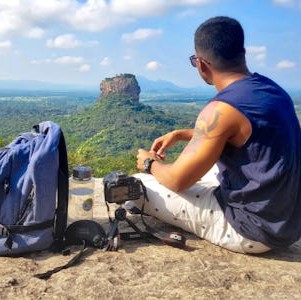
As a travel blogger, I'm a curious wanderer with a passion for uncovering the world's hidden secrets and sharing unforgettable experiences with fellow travellers.
Categories
- Africa
- America
- Argentina
- Arizona
- Aruba
- Asia
- Bali
- Belize
- Bhutan
- Brunei
- Cambodia
- Caribbean
- Central America
- Colorado
- Destinations
- East Asia
- Egypt
- Europe
- Flores
- Greece
- Guatemala
- Hawaii
- Hikes
- Home-destinations
- Iceland
- India
- Indonesia
- Japan
- Java
- Maine
- Maldives
- Mexico
- Mynamar
- Nepal
- New Zealand
- North America
- North Island
- Oceania
- Palau
- Peru
- South America
- South Asia
- South East Asia
- South Island
- Spain
- Taiwan
- Travel Guides
- Turkey
- United States
- US National Park
- Utah
Post
Latest post about New Zealand
Devil’s Punchbowl Waterfall Walk In Arthur’s Pass, New Zealand
The Devil’s Punchbowl Waterfall Walk is a stunning and relatively...
Read MoreHooker Valley Track: Short Walk & Lake In New Zealand
The Hooker Valley Track is one of New Zealand’s most...
Read MoreTasman Glacier Walk & Lake View In New Zealand
The Roys Peak hike near Wanaka is renowned for its...
Read MoreHow To Do The Roys Peak Hike In Wanaka, New Zealand
The Roys Peak hike is one of New Zealand’s most...
Read MoreHow To Hike The Tongariro Crossing In New Zealand
The Tongariro Alpine Crossing is one of New Zealand’s most...
Read MoreHobbiton New Zealand: How To Visit The Shire Movie Set
Nestled in the rolling hills of Matamata on New Zealand’s...
Read More

